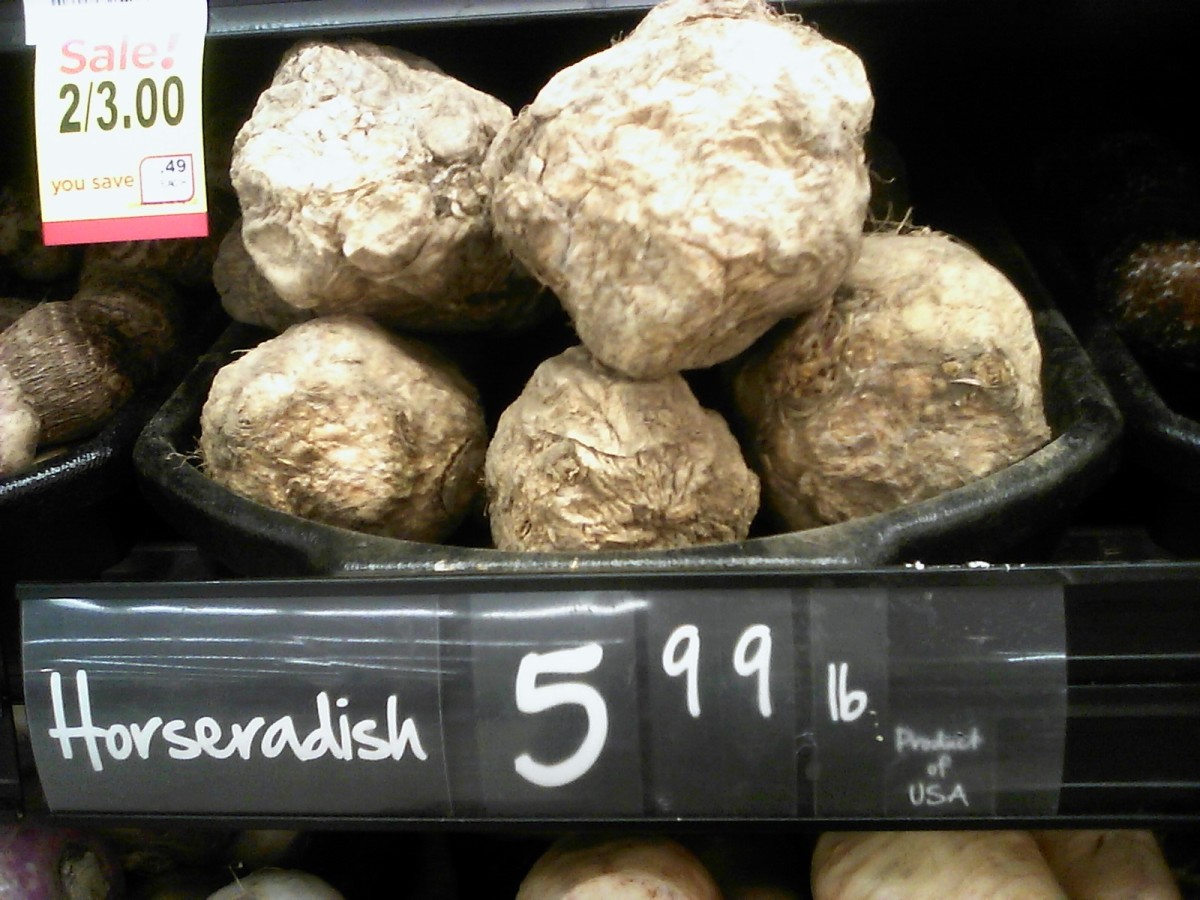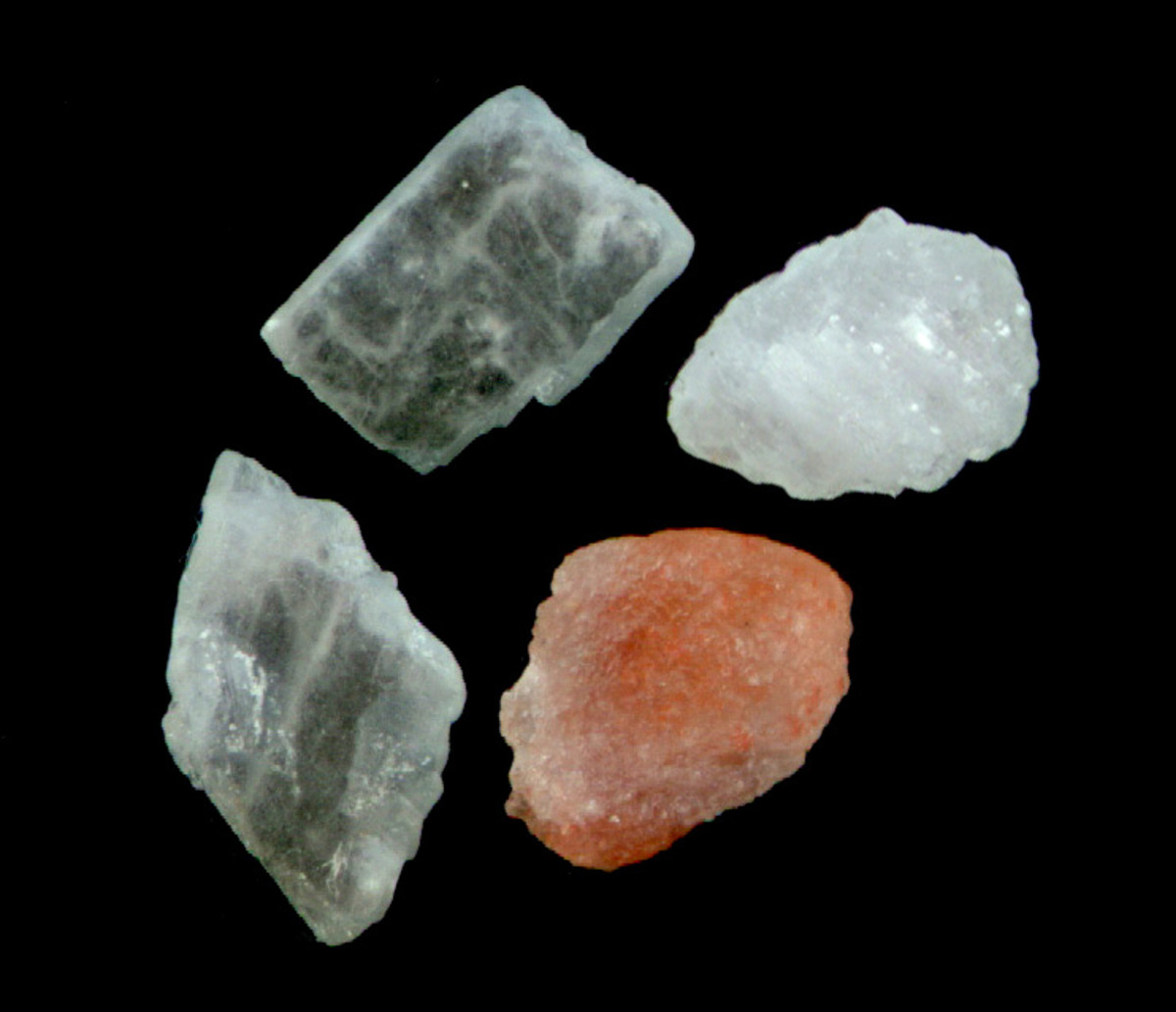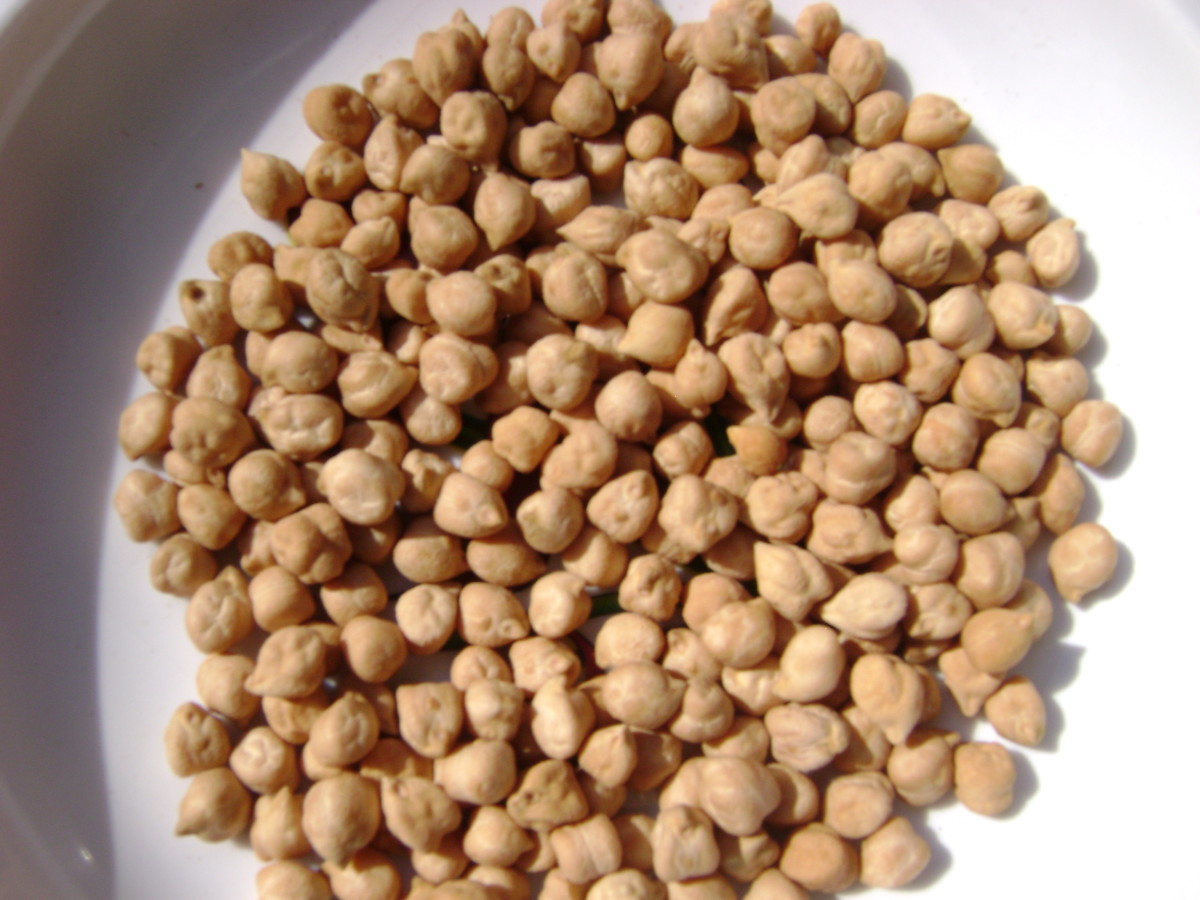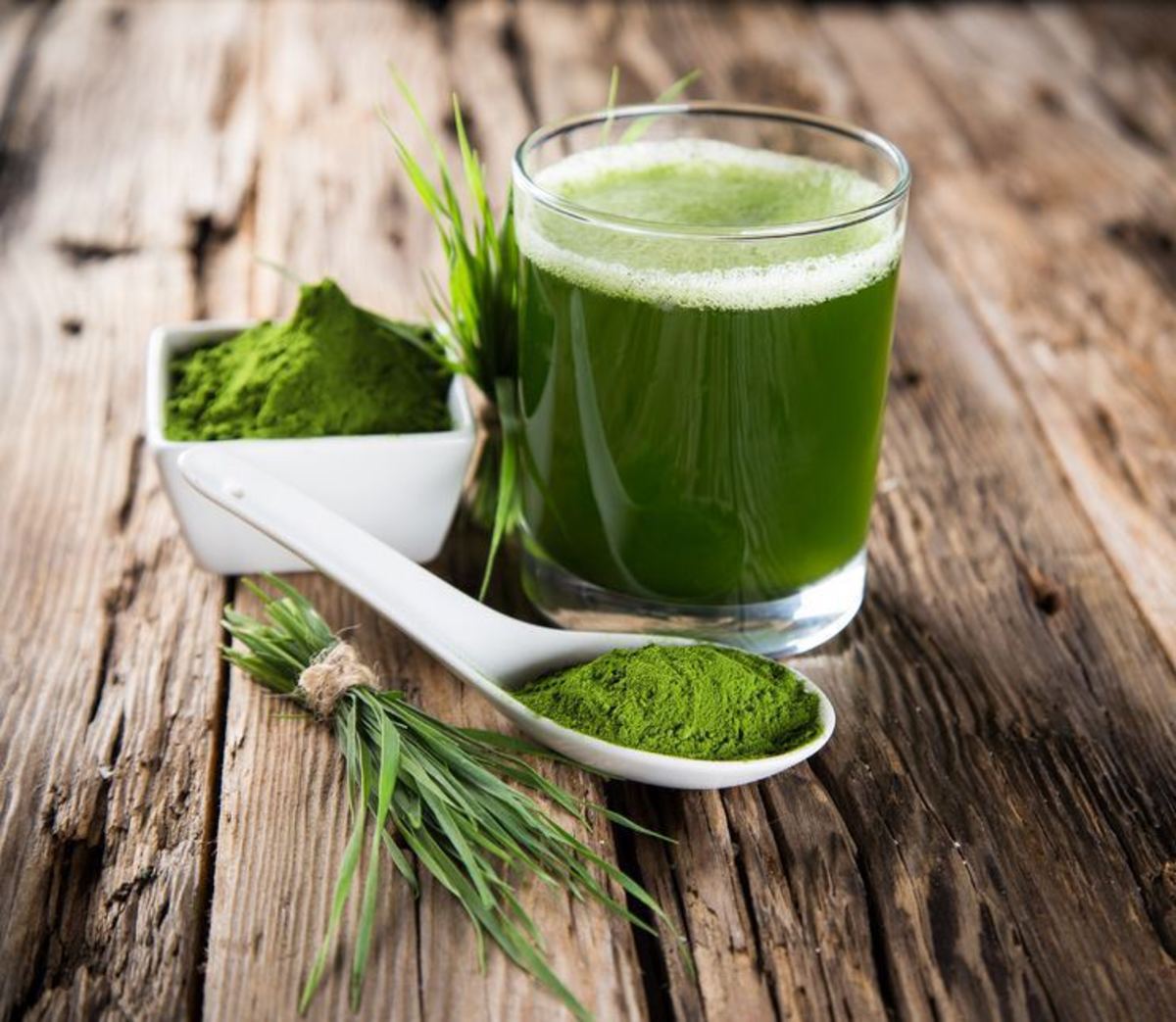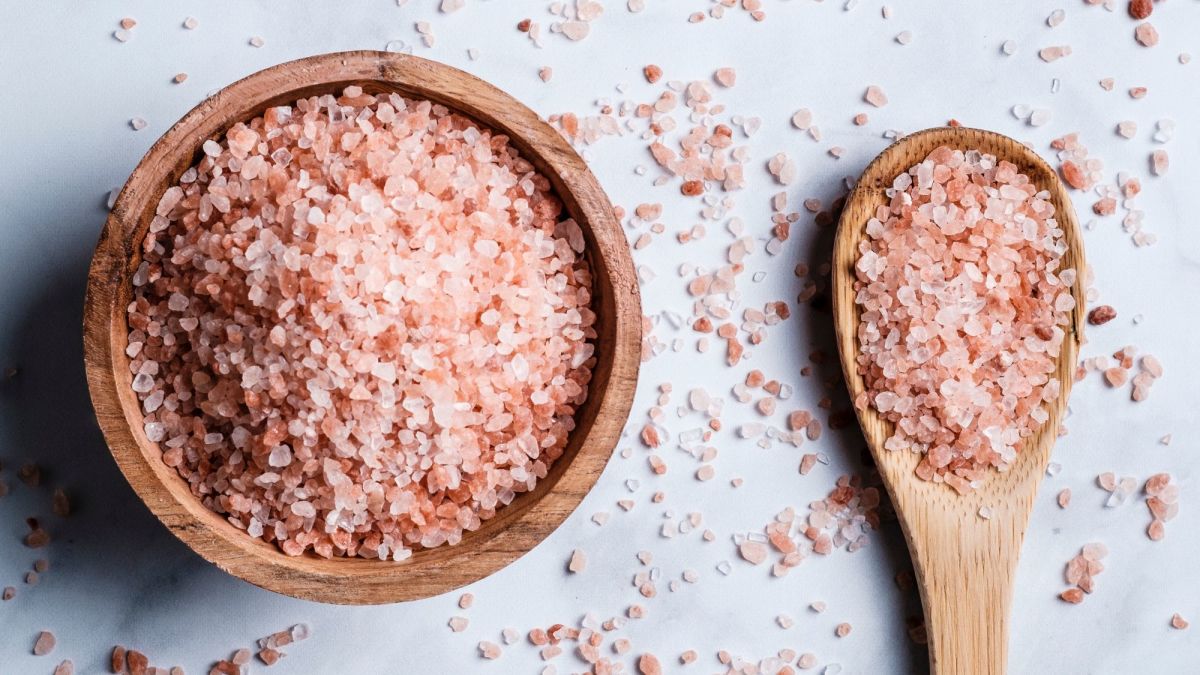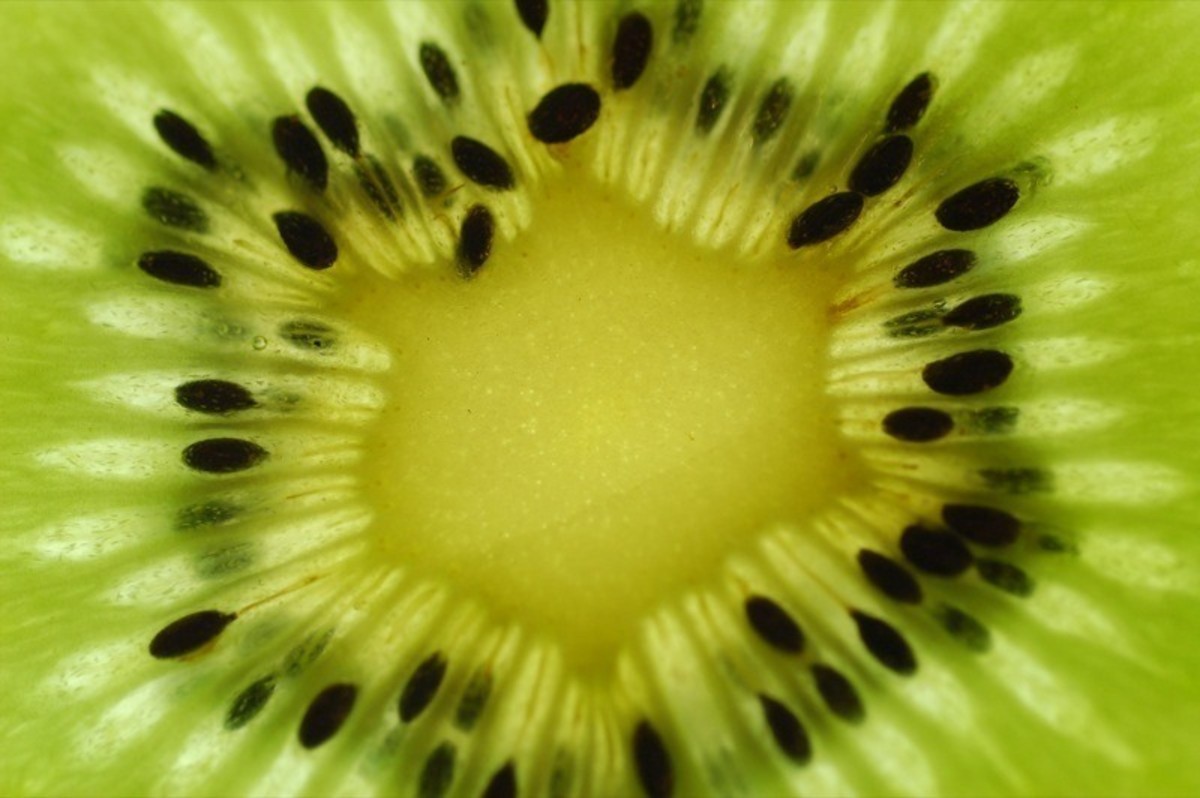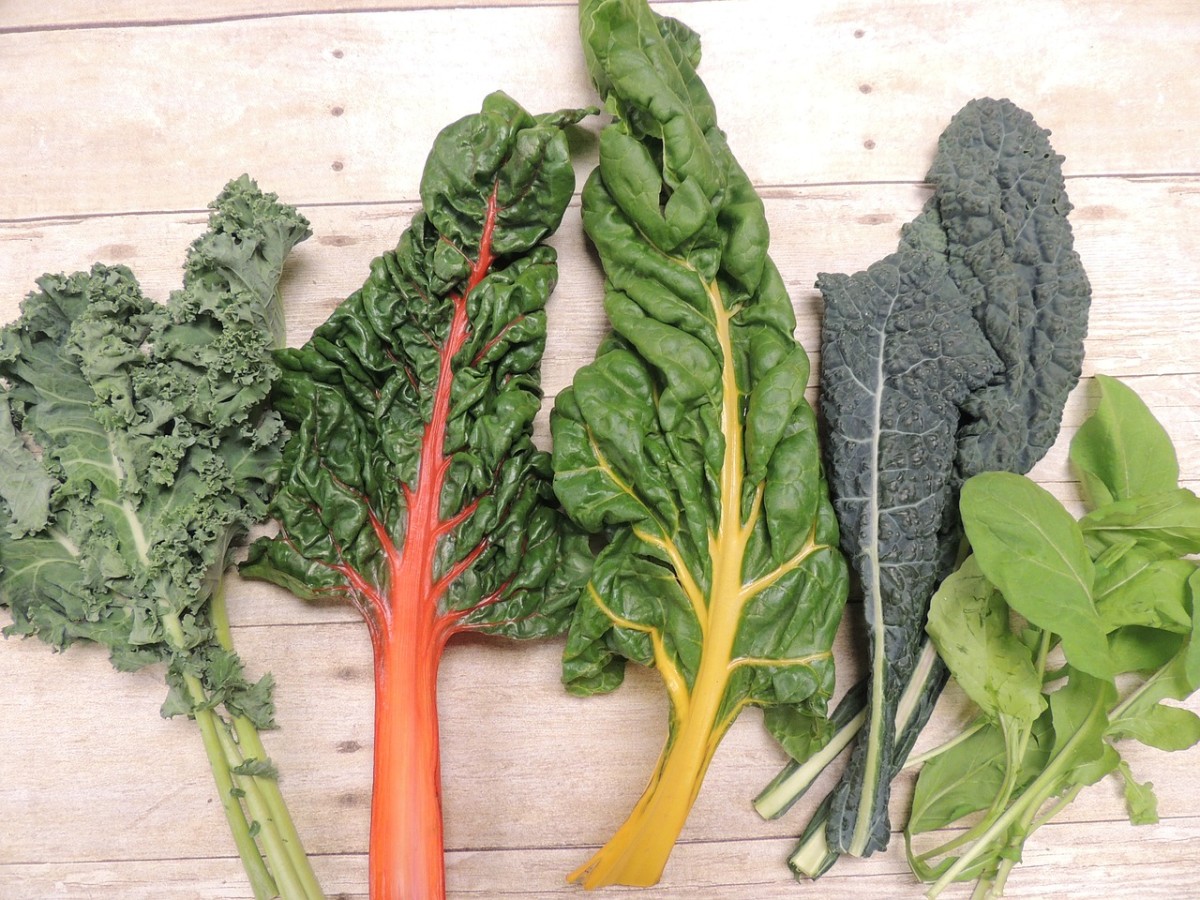Why Garlic is Great
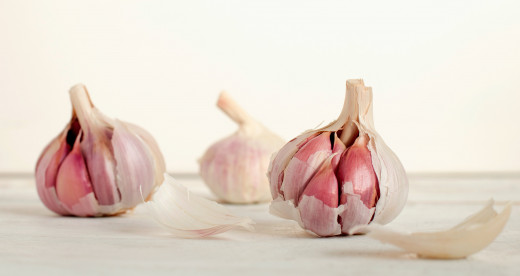
Garlic isn’t just good for warding off vampires, it’s also a great addition to many recipes and tastes delicious. What’s less known is all the health benefits eating garlic has.
Benefits
Many studies have reported that organosulfur compounds from garlic may promote antioxidant, anti-inflammatory, antimicrobial, anticancer, and cardioprotective activities claims Oregon State University. They also say that some trials “suggested that garlic supplementation modestly improves serum lipid profiles in individuals with elevated serum cholesterol and reduces blood pressure in hypertensive subjects, at least in the short term.”
According to Medical News Today, garlic intake has been proven to:
-
Lower risk of lung cancer
-
Destroy brain tumors
-
Lower levels of osteoarthritis
-
Fight bacteria
-
Protect the heart and treat heart failure
-
Reduce high cholesterol and blood pressure
-
Decrease the risk of prostate cancer
-
Protect against ethanol-induced liver injury
-
Reduce preterm delivery risk
-
Decrease frequency of colds
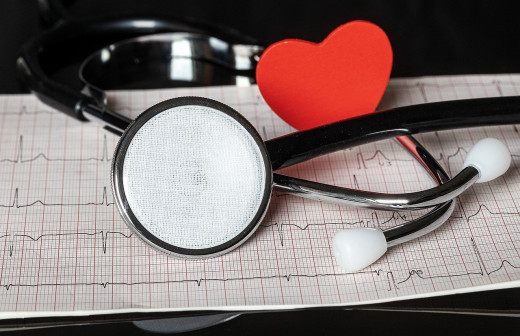
K.V. Lo explains eating garlic can also reduce stress. “Studies have found that garlic increases testosterone and reduces the stress hormone cortisol,” she says. “If you’re also suffering from hypertension along with high-stress levels, garlic can also help with lowering your blood pressure as well.”
Garlic is also low in calories while being very nutritious. Joe Leech, MS, says it contains manganese, vitamin B6, B1, C, selenium, fiber, calcium, copper, potassium, and iron along with around four calories (in one clove).
Now I don’t know about you, but I’ve never heard of manganese or selenium. After looking it up, I discovered that manganese affects bone health and diabetes. It also plays a role in brain function, the nervous system, and some of the body’s enzyme systems, according to Amy Goodson, MS, RD, CSSD, LD.
Selenium affects reproduction, thyroid hormone metabolism, DNA synthesis, and oxidative stress levels. Apparently these are two pretty important nutrients. And garlic is just one food we can consume to receive some of their benefits.
Garlic is able to provide such benefits because of the phytonutrients, or phytochemicals, it contains.
Garlic's Phytonutrients
Phytonutrients, or phytochemicals, “affect human health but are not considered nutrients that are essential for life, like carbohydrates, protein, fats, vitamins and minerals,” says Jessie Szalay of Live Science. Many foods, like garlic, contain these phytonutrients.
According to Phytochemicals, garlic contains the following phytonutrients:
-
Flavonoids
-
Diallyl sulphate
-
Allicin
-
Alliin
-
Ajoene
Those last three are organosulfur (sulfur-containing) compounds.
They claim flavonoids are involved in anti-allergic, anti-cancer, antioxidant, anti-inflammatory, and antiviral activities. “Flavonoids are associated with longevity and reduced risk of cardiovascular disease and cancer” Szalay provides.
Allicin is another pretty significant element in garlic. It is garlic’s defense mechanism against attacks.
Diallyl trisulfide is more stable than allicin and used to treat various infections.
Garlic sure contains a whole lot of good, so how can you get more of it?
Ways to Increase Your Garlic Intake
Garlic is used in many recipes, but receiving its full benefits can be tricky. The way you cook it could affect the phytonutrients' enzymes. In order to make sure you are consuming garlic's beneficial phytonutrients, be sure to take this advice from Cleveland Clinic:
-
Let it sit after mincing, chopping, or crushing it for a few minutes
-
Don’t cook raw garlic over 140 degrees Fahrenheit
-
Add garlic in when your meal is almost done cooking
They say heating up garlic or adding it in a recipe can change its pH balance and could kill the allicin. Taking these steps can increase your chances of experiencing garlic’s many benefits.
If you want to use more garlic in your cooking, there are many recipes out there you can try. Bon Appetit has shared 30 recipes that highlight garlic including garlic knots, garlic fried rice, Thai soy-garlic fried ribs, garlic yogurt, and more. I often put it on my naan bread.
The video below shows four different ways you can prepare garlic for cooking
Warnings
Usually garlic isn’t something people eat tons of often, but if you do, be wary of potential side effects you could experience from garlic consumption.
According to WebMD, garlic can cause symptoms such as “bad breath, burning sensation in the mouth or stomach, heartburn, gas, nausea, vomiting, body odor, and diarrhea.”
They say that although gels and pastes with garlic are commonly used, raw garlic applied on the skin can cause damage and irritation much like a burn. You should also be wary of eating garlic if you have a bleeding disorder, diabetes, and low blood pressure. Garlic could increase the risk of bleeding, lower blood sugar too low, and lower blood pressure too much.
Summary
On the whole, garlic is a great food you could introduce into your diet. It has many health benefits such as lower risk of certain cancers, high cholesterol, colds, high blood pressure, and better brain and bone health. Garlic can improve your health in these ways due to the phytochemicals it contains. Just be sure you don’t overdo it or you could experience some unpleasant side effects.
Sources
https://lpi.oregonstate.edu/mic/food-beverages/garlic
https://www.medicalnewstoday.com/articles/265853#benefits
https://caloriebee.com/diets/best-foods-eat-for-stress-relief
https://www.healthline.com/nutrition/11-proven-health-benefits-of-garlic#section2
https://ods.od.nih.gov/factsheets/Manganese-HealthProfessional/
https://www.healthline.com/nutrition/manganese-benefits
https://ods.od.nih.gov/factsheets/Selenium-HealthProfessional/
https://www.livescience.com/52541-phytonutrients.html
https://www.phytochemicals.info/plants/garlic.php
https://health.clevelandclinic.org/6-surprising-ways-garlic-boosts-your-health/
https://www.bonappetit.com/recipes/slideshow/garlic-recipes
https://www.webmd.com/vitamins/ai/ingredientmono-300/garlic
This content is accurate and true to the best of the author’s knowledge and is not meant to substitute for formal and individualized advice from a qualified professional.
© 2020 Erin Day


